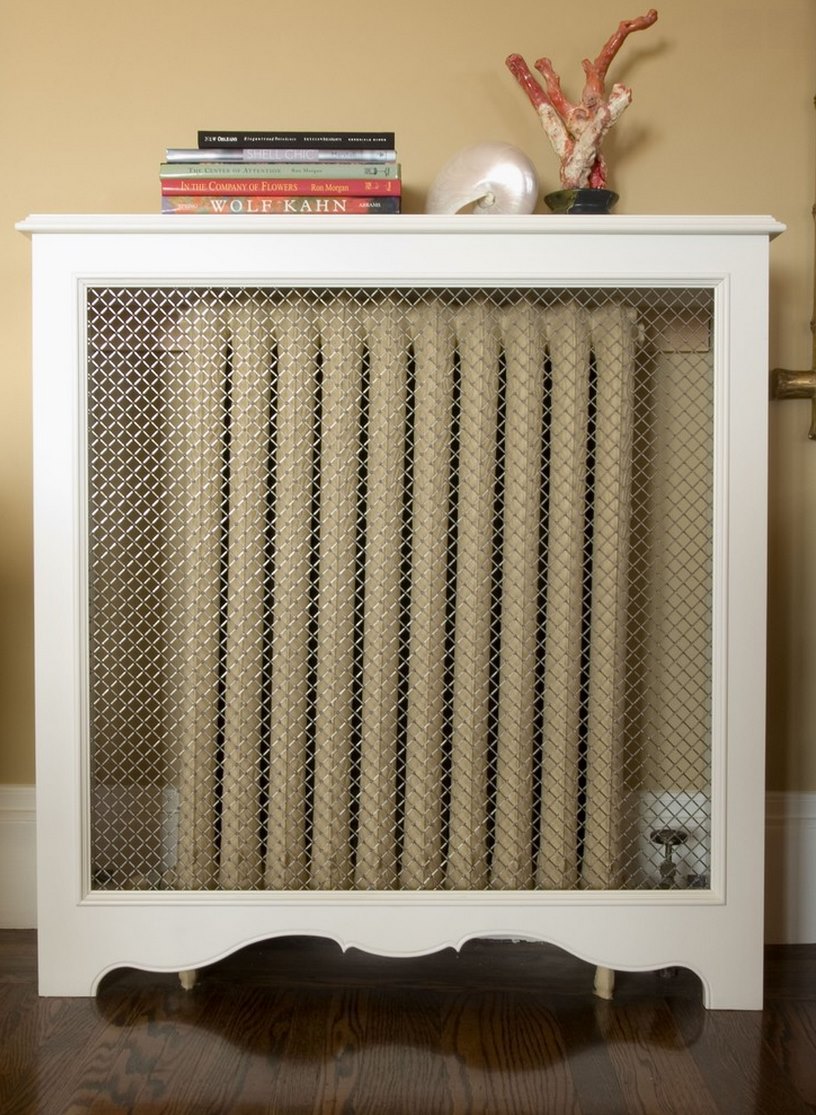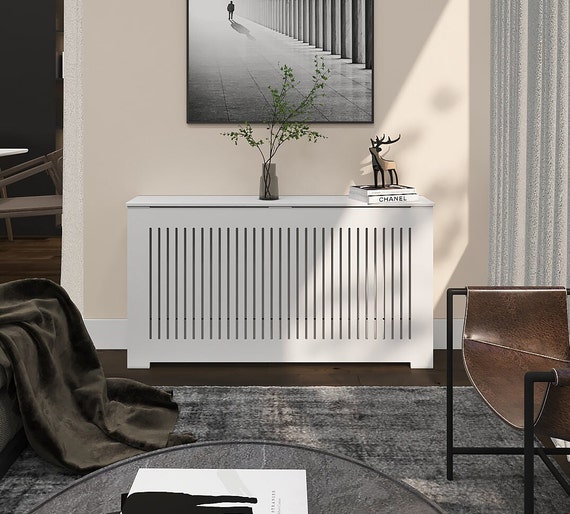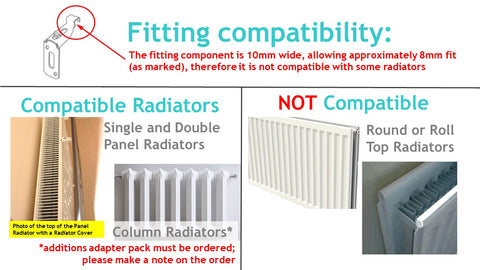

When considering the enhancement of your heating systems, radiator covers emerge as a pivotal element in both functionality and design.
These covers serve not only to protect against potential burns but also to contribute greatly to the overall aesthetic of your space. With a variety of materials and styles available, understanding how to select the right cover is essential for optimizing heat distribution and complementing your interior design.
As we explore the nuances of radiator covers, you may find yourself questioning which options truly align with your specific needs.
Radiator covers serve both functional and aesthetic purposes in a home or commercial space. They are designed to conceal radiators while enhancing the overall look of a room. Functionally, these covers protect against accidental contact with hot surfaces, making them safer for children and pets.
Additionally, they can improve heat distribution by allowing warm air to circulate while minimizing drafts. Aesthetically, radiator covers come in various designs, materials, and finishes, allowing homeowners and designers to match them with existing decor.
Properly selected and installed, radiator covers can elevate the interior design of any space. Moreover, they can serve as additional surfaces for decorative items, contributing to a more organized and visually appealing environment.
A variety of radiator covers are available to suit different needs and preferences, each offering unique features and aesthetic appeal. Common types include wooden covers, which provide a classic look and can be customized with paint or stain.
Metal covers, often made of steel or aluminum, offer durability and modern design options. Perforated designs allow for efficient heat distribution while maintaining a stylish appearance. Additionally, there are decorative radiator covers that incorporate artistic elements, enhancing the overall decor of a room.
For those seeking versatility, modular covers can be adjusted to fit various radiator sizes. Each type serves a distinct purpose, catering to individual style and functional requirements, ensuring that homeowners can find the perfect match for their space.

Installing radiator covers offers numerous advantages that enhance both functionality and aesthetics in a living space. First and foremost, they provide an additional layer of safety, particularly in homes with children or pets, reducing the risk of burns from hot surfaces.
Moreover, covers can contribute to improved energy efficiency by directing heat into the room rather than allowing it to escape. They also serve as a decorative element, allowing homeowners to seamlessly integrate radiators into their interior design while hiding unsightly units.
Additionally, covers can protect radiators from dust and debris, facilitating easier maintenance. Ultimately, the use of radiator covers elevates the overall comfort and visual appeal of any room while ensuring a safer environment.
Numerous materials and styles are available for radiator covers, each offering unique benefits and aesthetic qualities. Common materials include wood, metal, and MDF, each providing different looks and durability. Wooden covers add a warm, classic touch, often available in various finishes to match home décor.
Metal options, such as aluminum or steel, are robust and can provide a sleek, modern appearance. MDF is a versatile choice, allowing for intricate designs while remaining cost-effective. Regarding styles, covers range from traditional to contemporary, with options like slatted, louvered, or decorative patterns.
Selecting the right material and style not only enhances the visual appeal of your space but also contributes to effective heat dispersion and safety.

Accurate measurements are essential when selecting a radiator cover to guarantee a perfect fit and ideal functionality. Begin by measuring the width of your radiator from one end to the other, ensuring you account for any protrusions.
Next, measure the height from the floor to the top of the radiator, as this will influence both aesthetics and airflow. Additionally, consider the depth of the radiator; this measurement is vital for ensuring that the cover does not obstruct heating efficiency.
It's advisable to add a few extra centimeters to each measurement to accommodate any slight discrepancies and allow for ventilation. By taking precise measurements, you can confidently choose a cover that enhances your room's design without compromising the radiator's performance.
When it comes to setting up your radiator cover, careful planning can make all the difference in achieving a seamless installation. Begin by verifying that your cover is the correct size and fits securely over the radiator while allowing adequate airflow.
It's crucial to use the appropriate tools, such as a level, drill, and screws, to mount the cover firmly to the wall or floor. Consider the material of the cover; wood may require additional care to prevent warping, while metal should be checked for sharp edges.
Finally, verify the design complements your room's aesthetics, factoring in color and style. Always consult the manufacturer's instructions for specific installation guidelines to avoid any mishaps.

To clean and maintain your radiator cover, begin by dusting the surface with a microfiber cloth to remove particles. For deeper cleaning, use a mild detergent mixed with water and a soft sponge, avoiding abrasive materials. Verify the cover is completely dry to prevent moisture damage. Regular maintenance includes checking for any signs of wear or damage and promptly addressing issues to extend the life of the cover and maintain its aesthetic appeal.
Radiator covers are typically constructed from a variety of materials, each offering distinct advantages. Commonly used materials include wood, which provides warmth and style; metal, known for its durability and sleek appearance; and MDF (medium-density fiberboard), appreciated for its affordability and versatility. Additionally, some covers incorporate glass or decorative elements for aesthetic appeal. The choice of material often depends on desired design, functionality, and the specific heating requirements of the space.
To clean and maintain your radiator cover, start by dusting it regularly with a microfiber cloth to remove debris. For deeper cleaning, use a mild detergent mixed with water and a soft cloth, avoiding abrasive materials that could damage the finish. Confirm the cover is dry before replacing it. Additionally, check for any signs of wear or damage periodically, and address any issues promptly to guarantee longevity and safety.